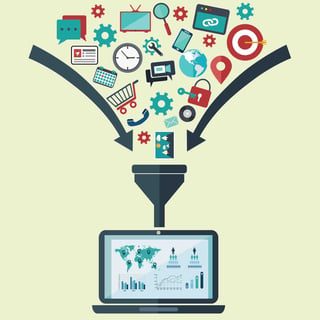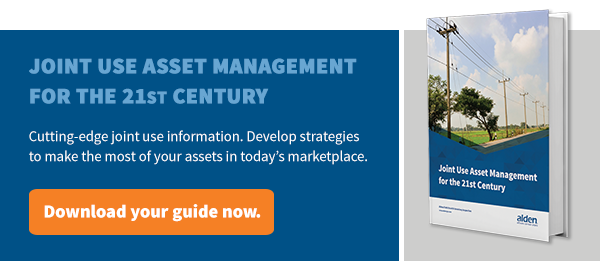How the IoT Will Move Companies from Data Collection to Data-Driven
 Big data is being used in practically every industry today, yet many struggle with beneficial data utilization by having too much data without the tools and insight to make meaningful use of it. In many cases, large companies are so stressed out about data collection that they have not yet moved to data-driven deployment. The Internet of Things (IoT) and the Industrial Internet of Things (IIoT) will give companies even larger torrents of data to deal with. So how can companies move from drowning in data to using data as an asset for making better strategic business decisions?
Big data is being used in practically every industry today, yet many struggle with beneficial data utilization by having too much data without the tools and insight to make meaningful use of it. In many cases, large companies are so stressed out about data collection that they have not yet moved to data-driven deployment. The Internet of Things (IoT) and the Industrial Internet of Things (IIoT) will give companies even larger torrents of data to deal with. So how can companies move from drowning in data to using data as an asset for making better strategic business decisions?
Drowning in Data
Companies are afraid of missing out on key pieces of information. The amount of data available today is staggering, but is nothing compared to the vast quantities of data that the IoT will help make available. Too many companies are hoarding large amounts of data, hoping that it will someday become useful.
However, much of the data they are saving is old and obsolete. Decisions based on old data will not help companies lead their industries into tomorrow. Holding onto old data beyond its useful life also increases the risk of security breaches. This practice keeps companies from having the capacity to deal with new data that can improve their business.
Filter and Funnel Down the Data Stream
Not all data is of equal value. Even computers are limited in the amount of data they can analyze. Increasingly, data experts are encouraging companies to only collect the minimal amount of data to get the job done. For utilities and communications companies that are building out the IIoT, vast troves of data are going to be swept up, whether the companies want it or not. These companies will need to set up filters and funnels to narrow down the stream of data into its most useful components.
Before the right system can be designed, companies must decide what data is the most useful for making future decisions. They will need to begin by determining what questions they want to answer, and then before the information is gathered they should figure out all the ways they can use that data across their enterprise. Different parts of the company will need access to different types of data; for example, market growth and infrastructure maintenance will each require different inputs.
Once a company has decided what data is important, it will need software to filter the data and funnel it to the right people at the right times. Without this type of system, an organization will find they have too much data and not enough insight.
IoT Makes Deployment Easy
Once data has been paired down and sorted, it will be much easier for people to make the best business and technical decisions for the company. However, data collection and analysis are useless without a way to quickly deploy data-driven decisions.
The IoT is rapidly changing the way deployment works. Consider how a smart grid allows an electrical utility to deploy changes in loads and the amount of power reserves that are needed. Much of these decisions are made beforehand and programmed into an algorithm. When the necessary conditions are met, the algorithm automatically deploys these decisions. The same type of rapid and automated deployment will be possible with the IoT for all types of utilities and telecommunications companies.
Moving from data collection to deployment in the age of the IoT and IIoT will hinge on filtering the data correctly, not on simply collecting as much data as possible.
Download the ebook: "Joint Use Asset Management for the 21st Century."
